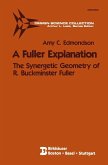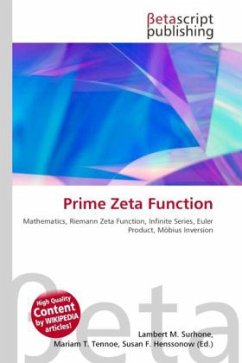High Quality Content by WIKIPEDIA articles! In mathematics, the prime-counting function is the function counting the number of prime numbers less than or equal to some real number x. It is denoted by scriptstylepi(x) (this does not refer to the number ).Of great interest in number theory is the growth rate of the prime-counting function.[3][4] It was conjectured in the end of the 18th century by Gauss and by Legendre to be approximately x/operatorname{ln}(x)! in the sense that lim_{xrightarrowinfty}frac{pi(x)}{x/operatorname{ln}(x)}=1.! This statement is the prime number theorem. An equivalent statement is lim_{xrightarrowinfty}pi(x) / operatorname{li}(x)=1! where li is the logarithmic integral function. The prime number theorem was first proved in 1896 by Jacques Hadamard and by Charles de la Vallée Poussin independently, using properties of the Riemann zeta function introduced by Riemann in 1859.








